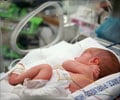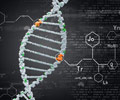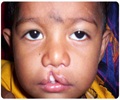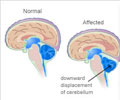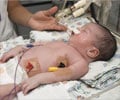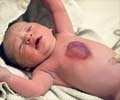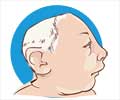General Info About Structural Birth Defects
Birth defects are defined as structural, functional, or body metabolism-related abnormalities that are present at birth and can lead to physical or mental problems or to death.
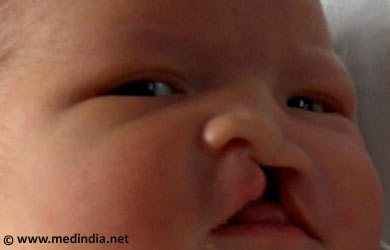
Even though medical technology has improved so much over the recent years, the risk of having a child with a birth defect continues to be significant. About 1 in 33 children are born with structural defects like malformed limbs, heart problems and facial abnormalities.
Patients of all age groups, races, education levels and socio-economic backgrounds are affected. Educating people about the causes of birth defects is the only way to prevent them to some extent.
The most common major structural birth defects are heart defects like atrial and ventricular septal defects, patent ductus arteriosus, and aortic or pulmonary valve stenosis.
The other major structural defects that arise during the first month of pregnancy are called
Hypospadias is also a common structural defect. This structural disorder involves the male urethra and occurs when there is incomplete closure of the urethral folds.

